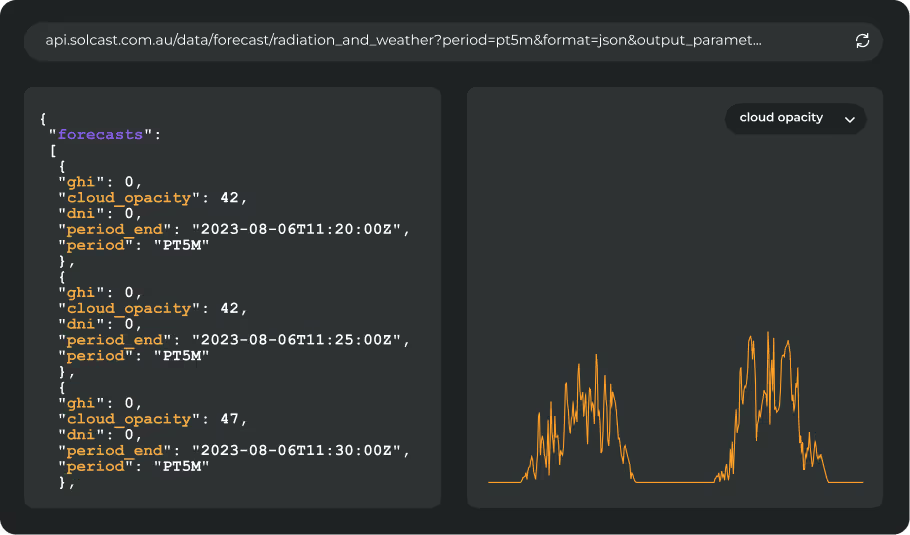June witnessed relatively static weather patterns that created a stark geographical divide in deviation from typical summer weather. While most of Western Europe experienced below-average irradiance, Eastern Europe and the Balkans in particular saw a notable increase, resulting from persistent and static weather patterns. Western Europe was affected by a low-pressure anomaly trapped between a strong Azores high and stable high-pressure systems in Eastern Europe.
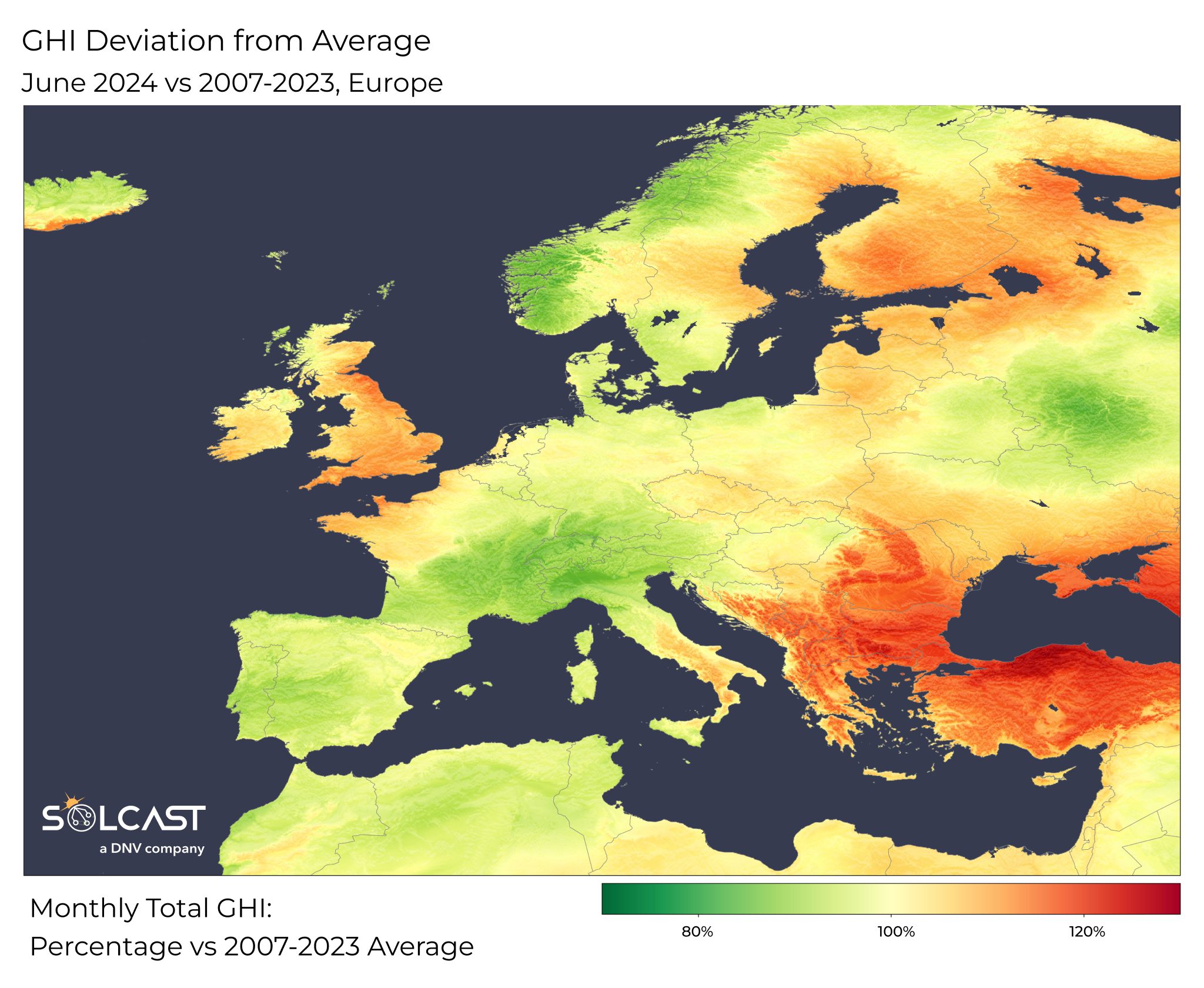
In Western Europe, solar irradiance was up to 20% below average, particularly in the Alpine region. The relatively static low-pressure systems drew in warm, moist air from the Mediterranean to create atmospheric instability conducive to widespread storms, thick clouds, and heavy rainfall. In contrast, north-westerly winds kept North Sea moisture offshore of the UK, resulting in clearer skies and up to 15% higher irradiance in the south and east than normal throughout June.
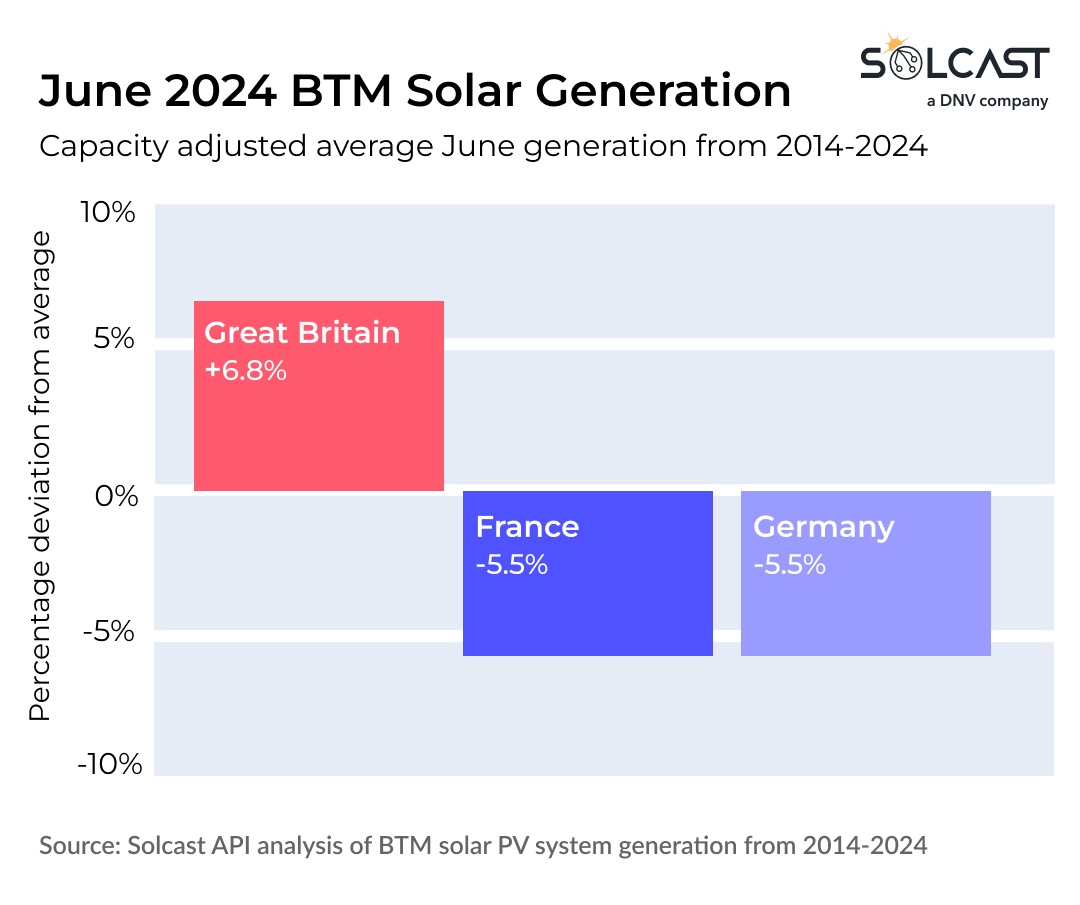
The impact of these conditions through June has impacted solar generation across Europe. Solcast modelling of the hypothetical effects of past weather on current rooftop solar installed capacity shows the impact that these conditions have had on rooftop solar across the continent. Increased irradiance in Great Britain saw a 6.8% increase in behind-the-metre solar PV generation compared to average June conditions from 2014-2024. Conversely, France and Germany experienced a 5.5% decrease in behind-the-metre solar generation for a typical June.
.png)
Solar resources in Eastern Europe and the Balkans benefited from a high-pressure anomaly that suppressed typical summertime convection, leading to dry and sunny skies, although also several heatwaves. Greece and Turkey, close to the Mediterranean, saw irradiance levels 20-30% above the typical June. Further north, Finland experienced irradiance levels 10% above average, also accompanied by heatwave conditions.
Overall irradiance across the continent is likely to peak over June and July for the year as the Solstice on June 20 marked the sun's highest point in the Northern Hemisphere.
If you're interested to learn how Solcast Grid Aggregations can help you manage grid operations, reach out to our team. To evaluate our solar forecast data, create a Solcast API toolkit account.








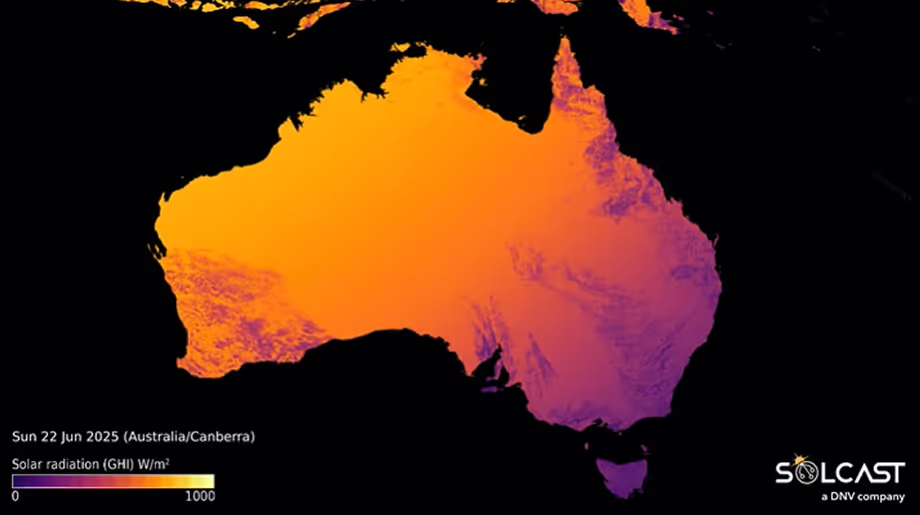
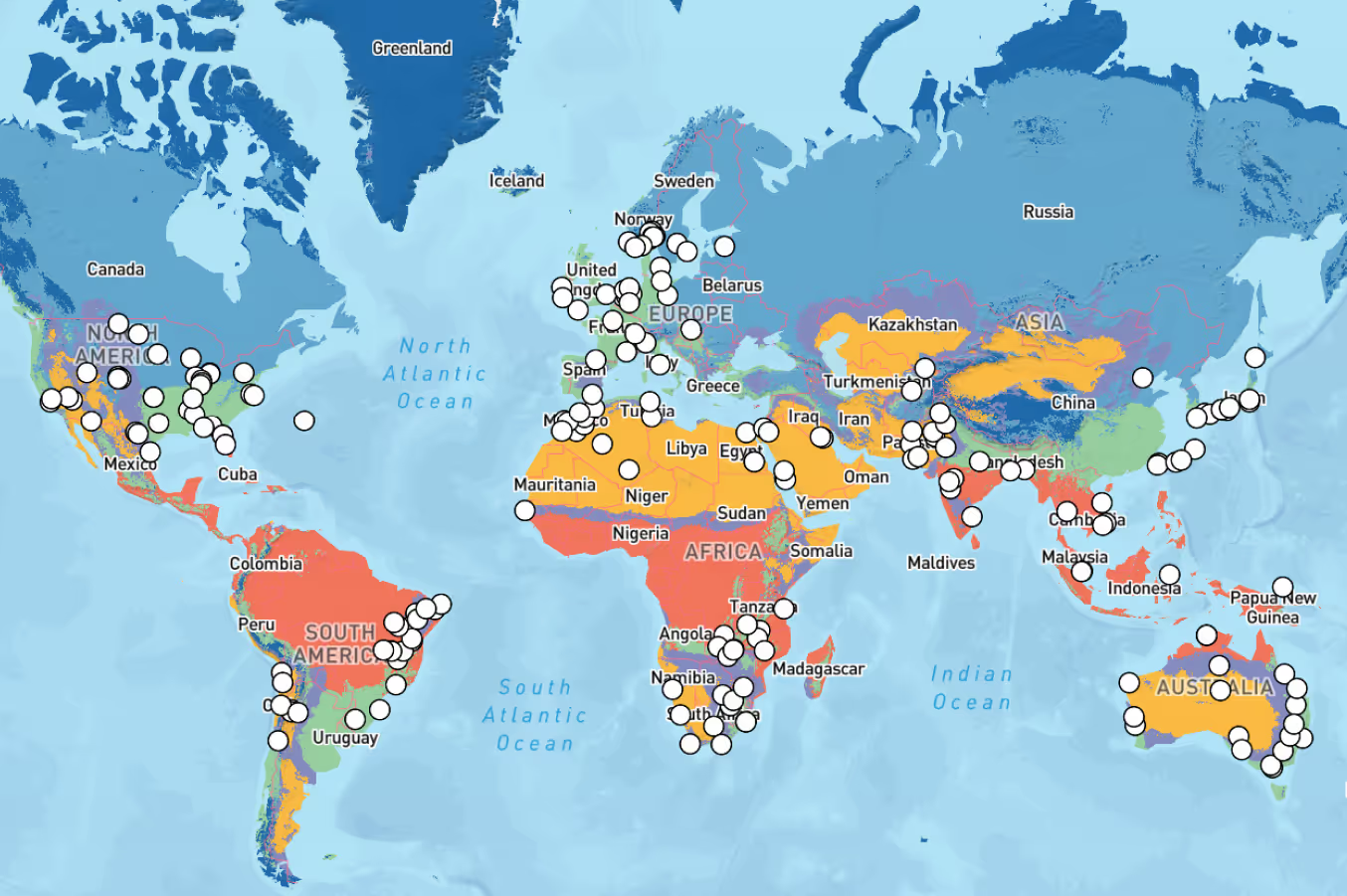
.avif)
